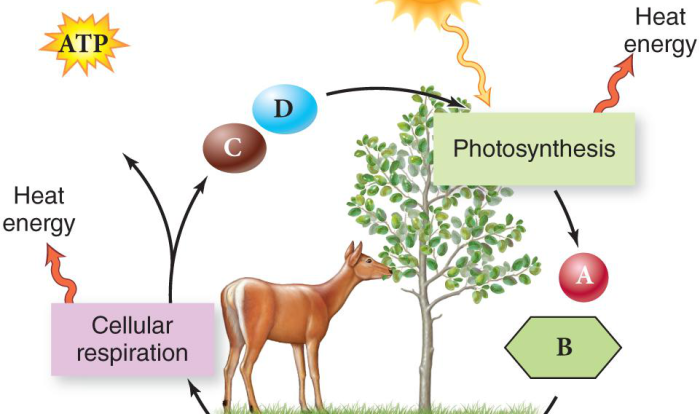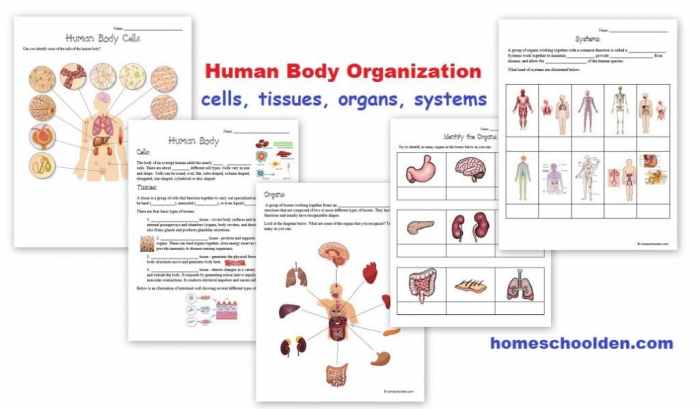Genetics: from genes to genomes 7th edition pdf – In the realm of scientific exploration, “Genetics: From Genes to Genomes, 7th Edition” stands as a beacon of knowledge, illuminating the intricate world of heredity and the fundamental building blocks of life. This seminal work delves into the depths of genetic variation, evolution, and the molecular mechanisms that govern the inheritance of traits.
Through a captivating narrative and rigorous scientific inquiry, the book unravels the principles of Mendelian genetics, revealing the patterns of inheritance that shape the diversity of life. It explores the structure and function of DNA and RNA, the molecules that carry the genetic code, and examines the processes of replication, transcription, and translation that orchestrate the synthesis of proteins.
Genetic Variation and Evolution
Genetic variation is the presence of differences in DNA sequences between individuals of a species. It is the raw material for evolution, as it provides the variation upon which natural selection can act. Natural selection favors individuals with traits that make them better adapted to their environment, and these traits are more likely to be passed on to offspring.
Over time, this can lead to the evolution of new species.There are many different types of genetic variation, including single nucleotide polymorphisms (SNPs), insertions and deletions (indels), and copy number variations (CNVs). SNPs are the most common type of genetic variation, and they occur when a single nucleotide in the DNA sequence is changed.
Indels are insertions or deletions of one or more nucleotides, and CNVs are changes in the number of copies of a particular DNA sequence.
Mendelian Genetics
Mendelian genetics is the study of inheritance patterns in biological organisms. It is based on the work of Gregor Mendel, who discovered the basic principles of inheritance in the 19th century. Mendelian genetics explains how traits are passed from parents to offspring, and it can be used to predict the probability of inheriting a particular trait.The
basic principles of Mendelian genetics include the concepts of dominant and recessive alleles, genotypes, and phenotypes. Dominant alleles are those that are expressed in the phenotype of an individual, even if the individual only has one copy of the allele.
Recessive alleles are only expressed in the phenotype if an individual has two copies of the allele. Genotypes are the combination of alleles that an individual has for a particular gene, and phenotypes are the observable characteristics of an individual.
Molecular Genetics: Genetics: From Genes To Genomes 7th Edition Pdf
Molecular genetics is the study of the structure and function of DNA and RNA. It is a relatively new field of study, but it has already had a major impact on our understanding of biology. Molecular genetics has been used to identify the genes that are responsible for a variety of diseases, and it is also being used to develop new treatments for these diseases.The
structure of DNA was first discovered in the 1950s by James Watson and Francis Crick. DNA is a double helix, and it is made up of four different nucleotides: adenine, thymine, guanine, and cytosine. The sequence of these nucleotides determines the genetic code, which is the instructions for building and maintaining an organism.RNA
is a single-stranded molecule that is similar to DNA. RNA is made up of four different nucleotides: adenine, uracil, guanine, and cytosine. RNA is used to carry the genetic code from the nucleus to the ribosomes, where proteins are synthesized.
Genomics
Genomics is the study of the entire genome of an organism. The genome is the complete set of DNA in an organism, and it contains all of the information needed to build and maintain the organism. Genomics has been used to identify the genes that are responsible for a variety of diseases, and it is also being used to develop new treatments for these diseases.The
Human Genome Project was a major international effort to sequence the entire human genome. The project was completed in 2003, and it has provided a wealth of information about the human genome. Genomics is now being used to study the genomes of other organisms, and this research is helping us to understand the evolution of life on Earth.
Genetic Technologies
Genetic technologies are a set of tools that can be used to manipulate the genome of an organism. These technologies include genetic engineering, gene therapy, and CRISPR-Cas9. Genetic engineering is the process of changing the genome of an organism by adding, deleting, or changing genes.
Gene therapy is the process of using genetic technologies to treat diseases. CRISPR-Cas9 is a new gene editing technology that is being used to develop new treatments for a variety of diseases.Genetic technologies have the potential to revolutionize medicine and agriculture.
However, there are also ethical concerns about the use of these technologies. It is important to consider the potential risks and benefits of genetic technologies before using them.
Quick FAQs
What is the central theme of “Genetics: From Genes to Genomes, 7th Edition”?
The book explores the fundamental principles of genetics, from the molecular level to the organismal level, providing a comprehensive understanding of heredity and the genetic basis of life.
How does the book approach the study of genetic variation?
The book emphasizes the significance of genetic variation in evolution, explaining how genetic variation arises and how it drives natural selection and the diversity of life.
What are the key concepts of Mendelian genetics covered in the book?
The book thoroughly explains the principles of dominant and recessive alleles, genotypes, and phenotypes, as well as the concepts of segregation and independent assortment.



